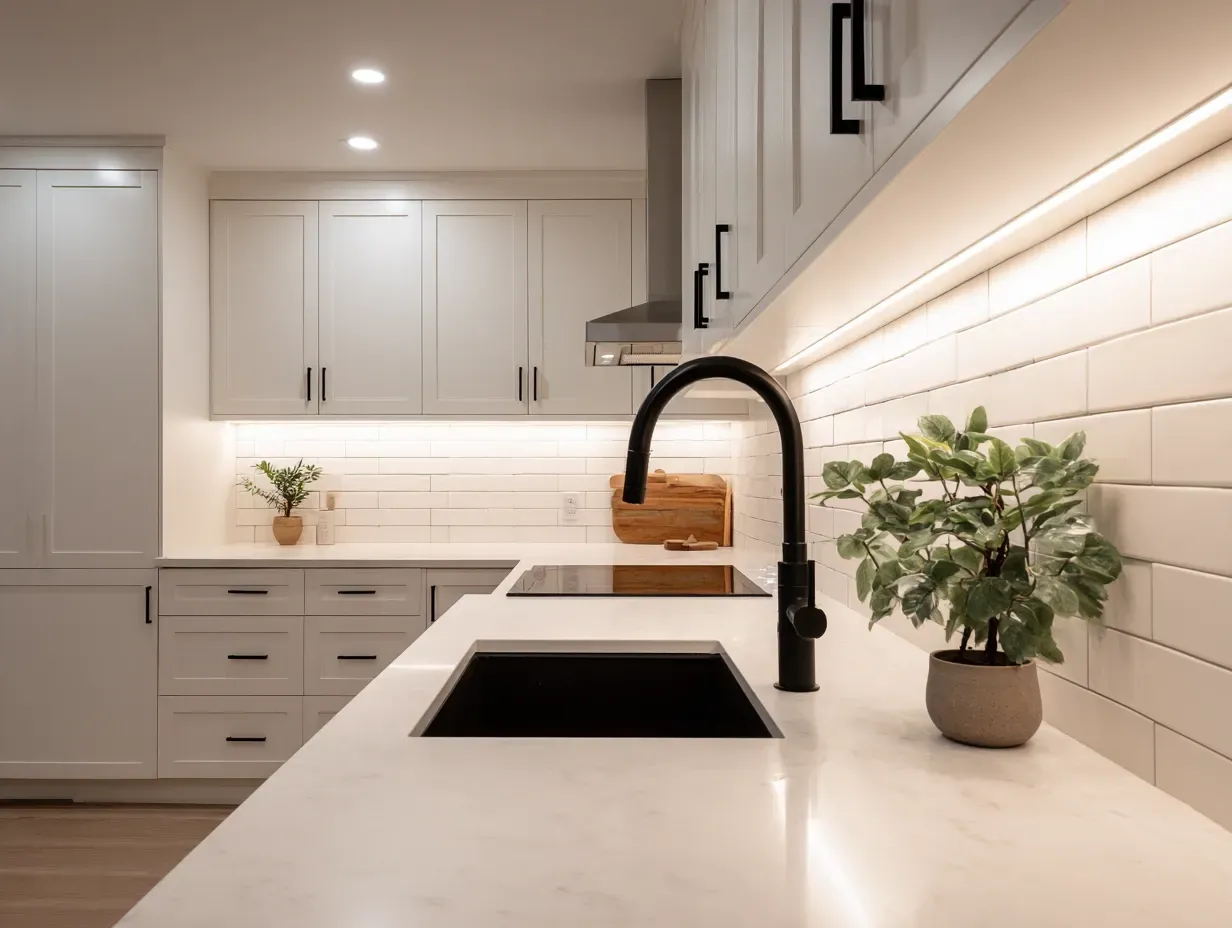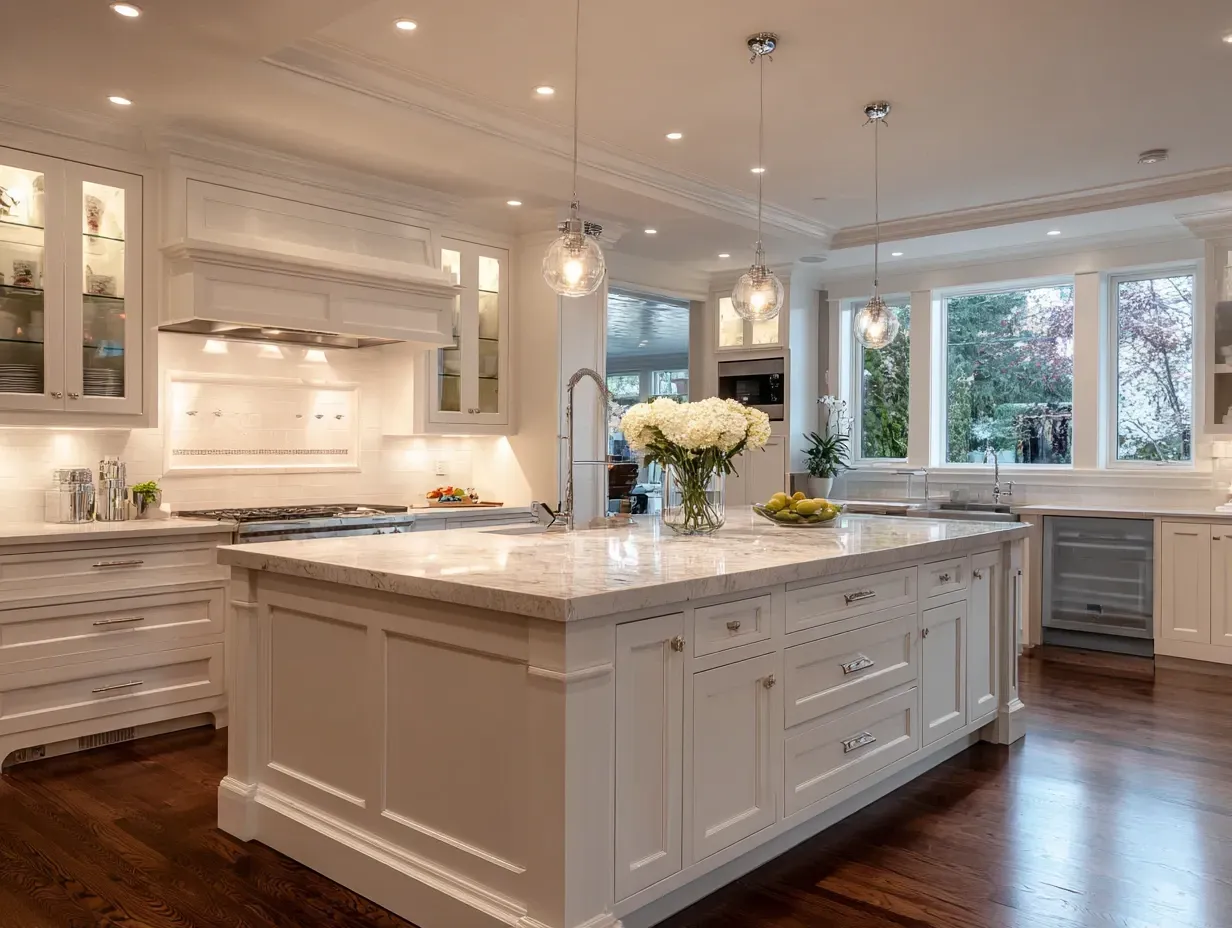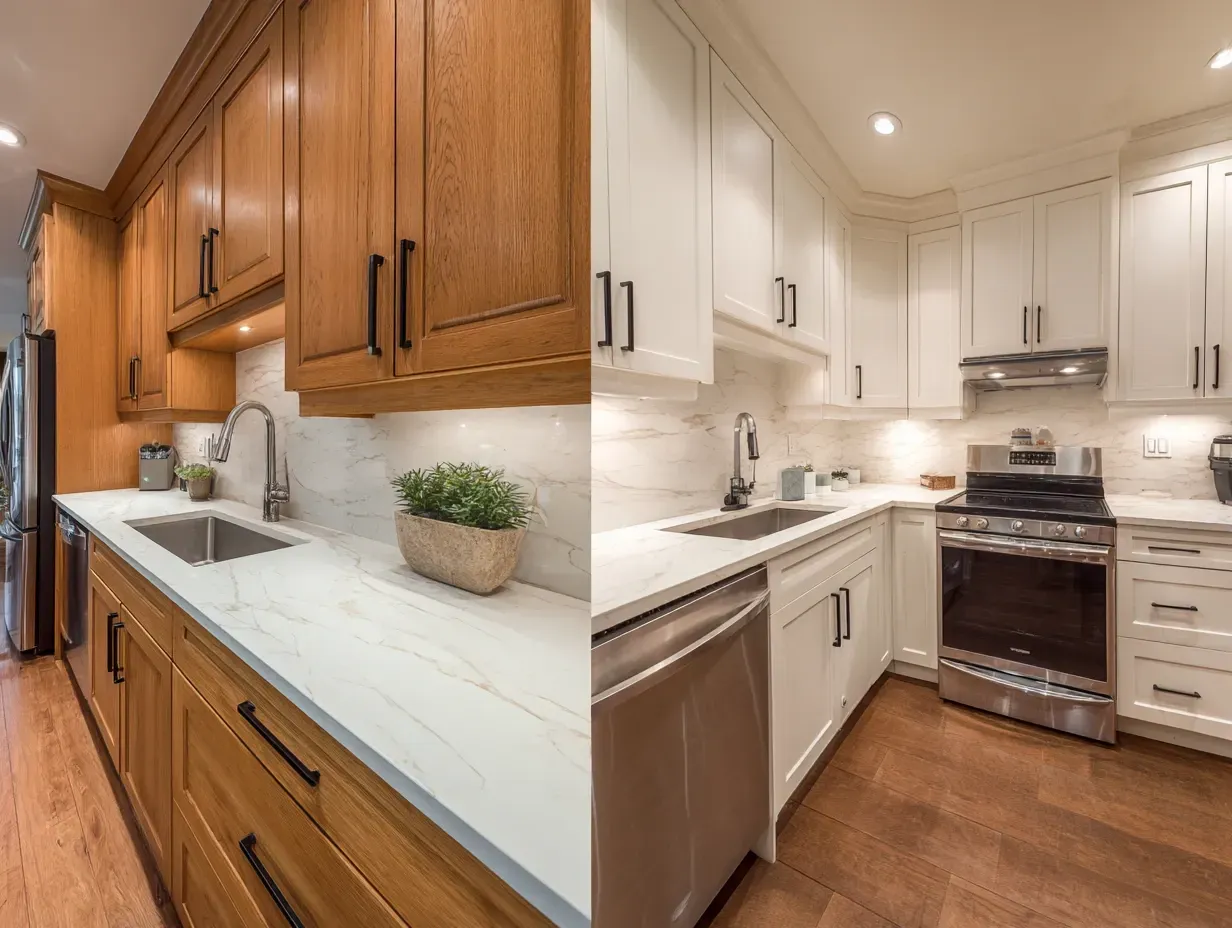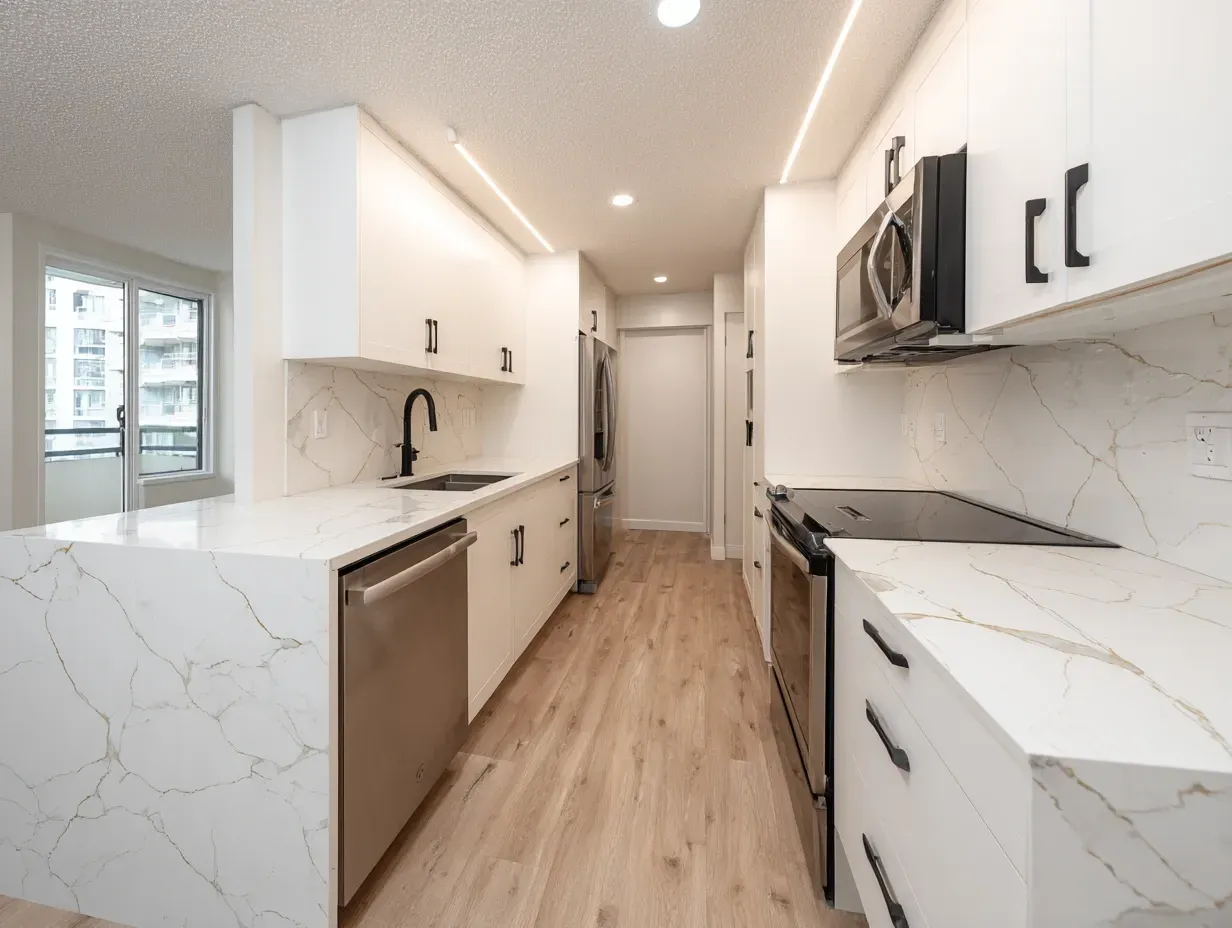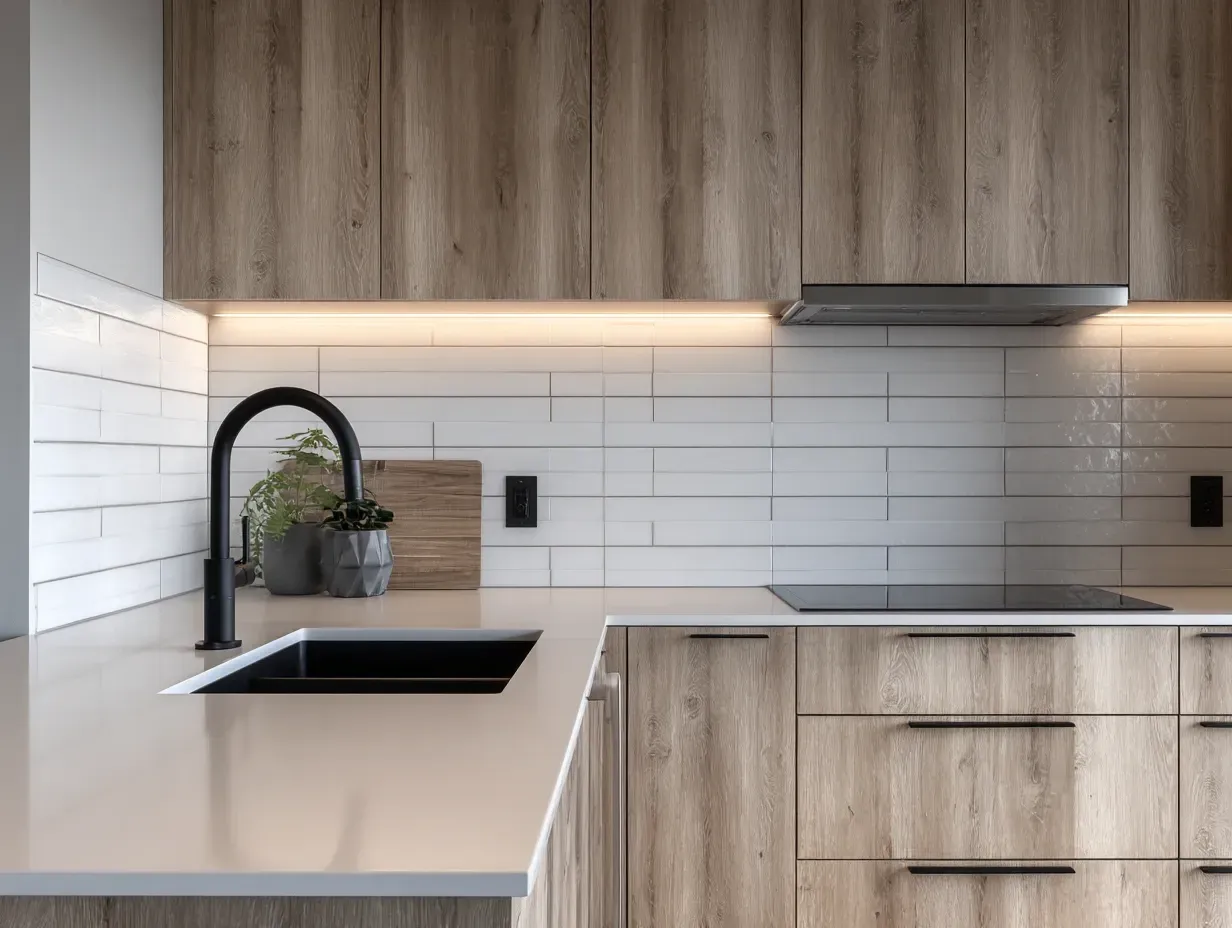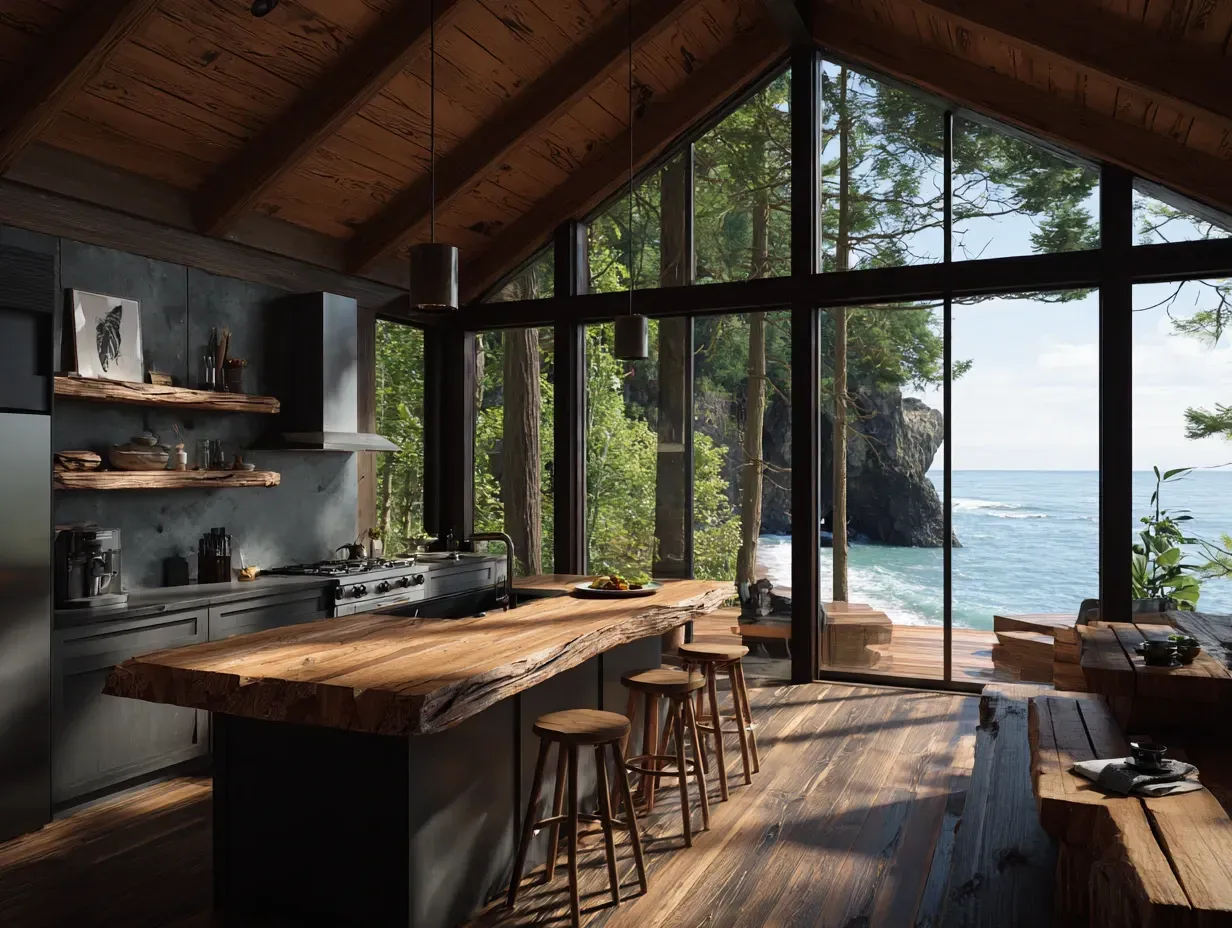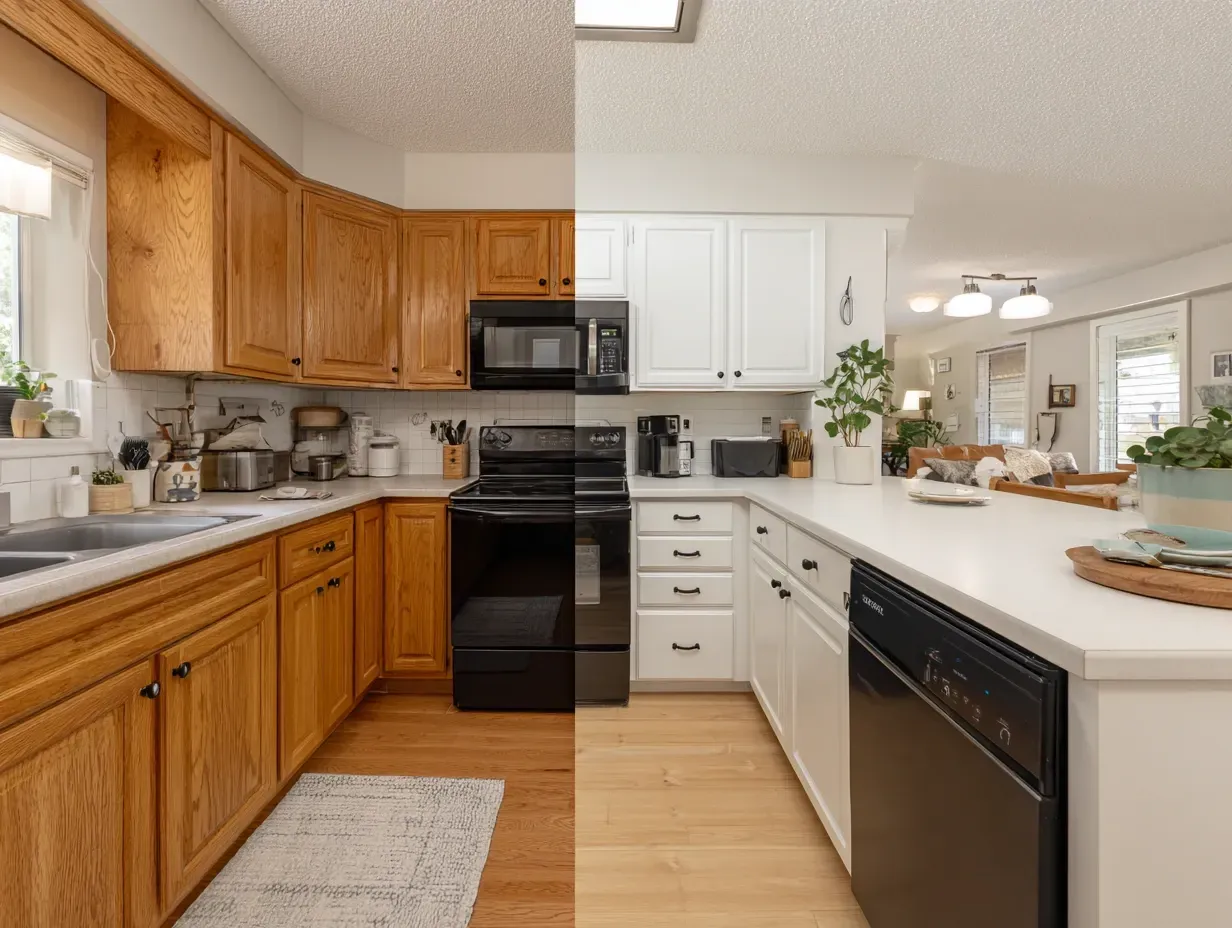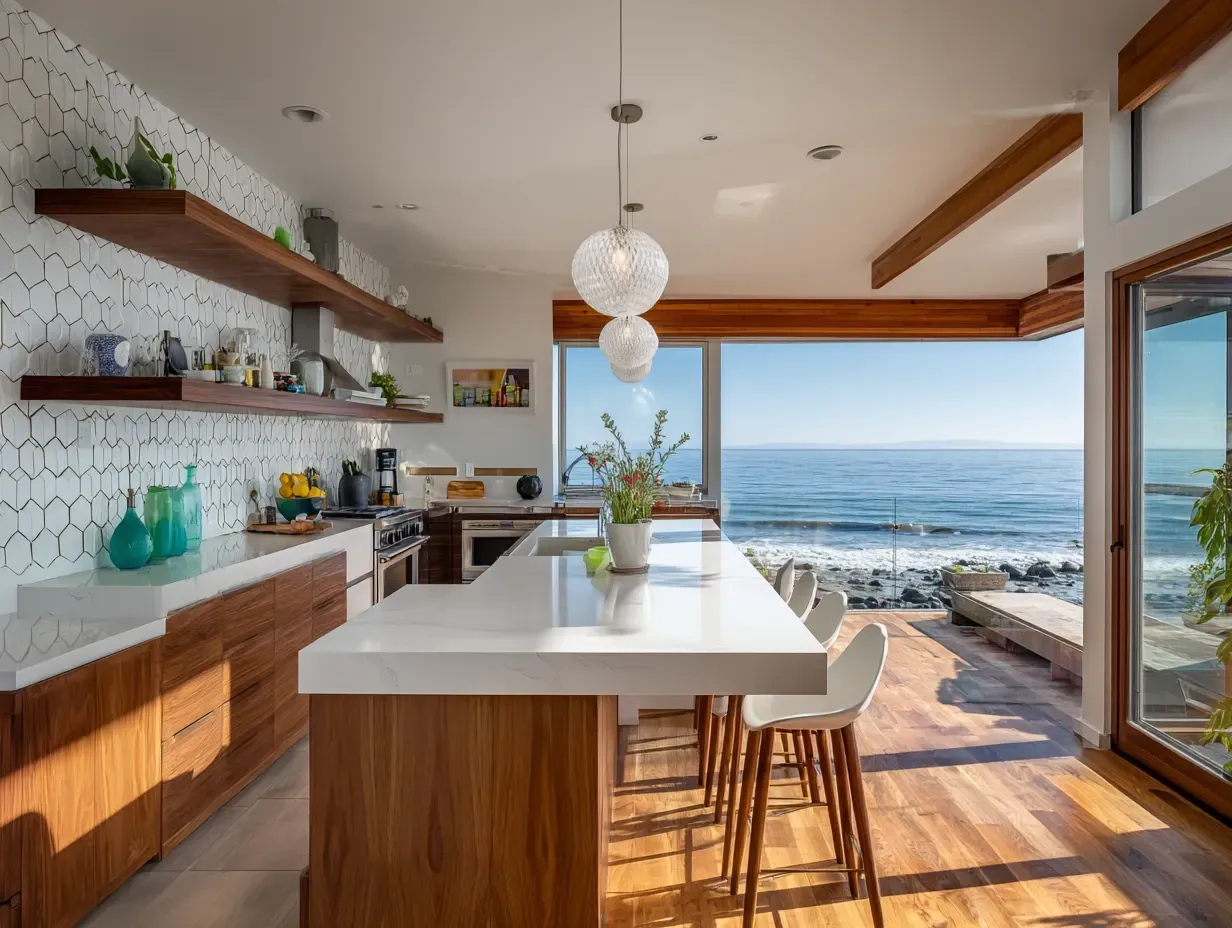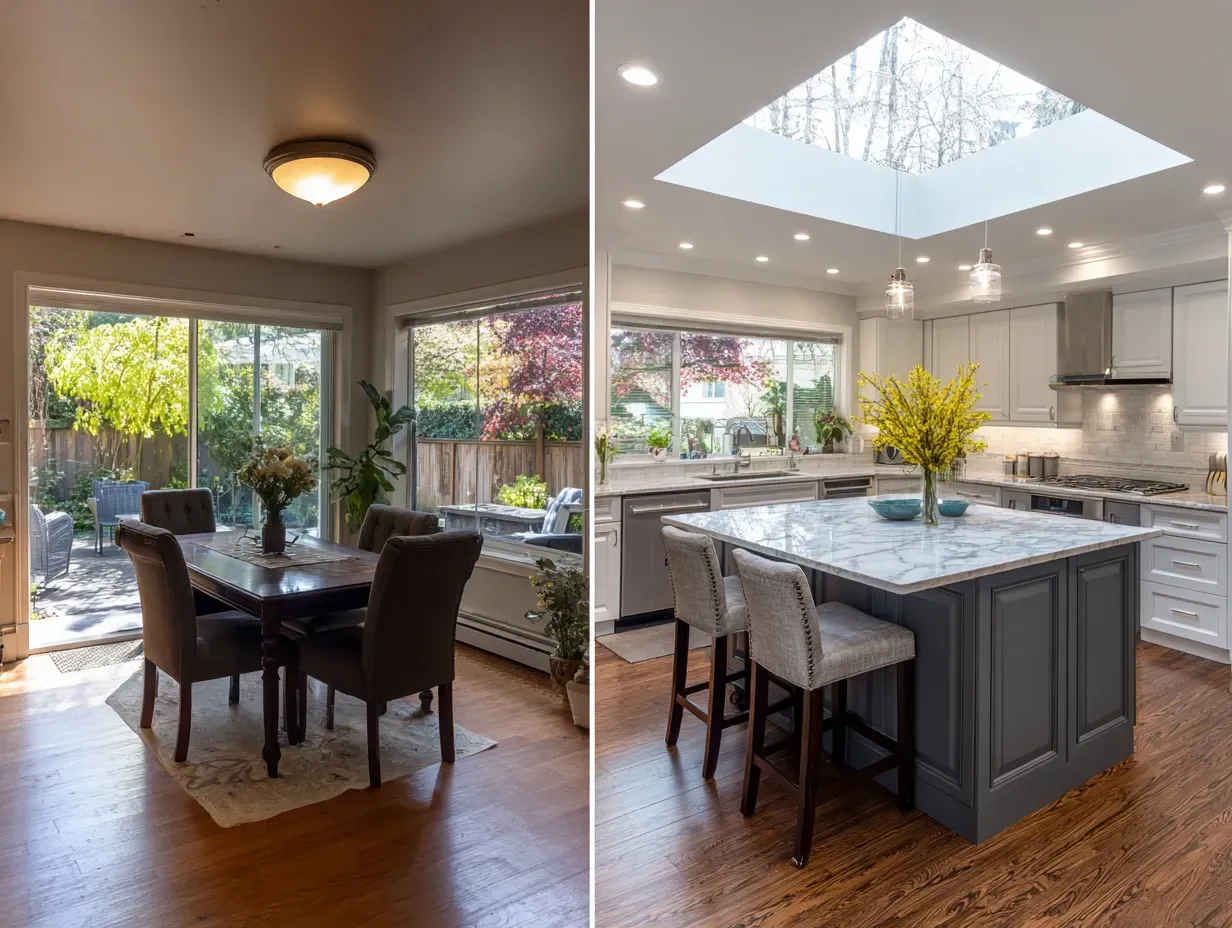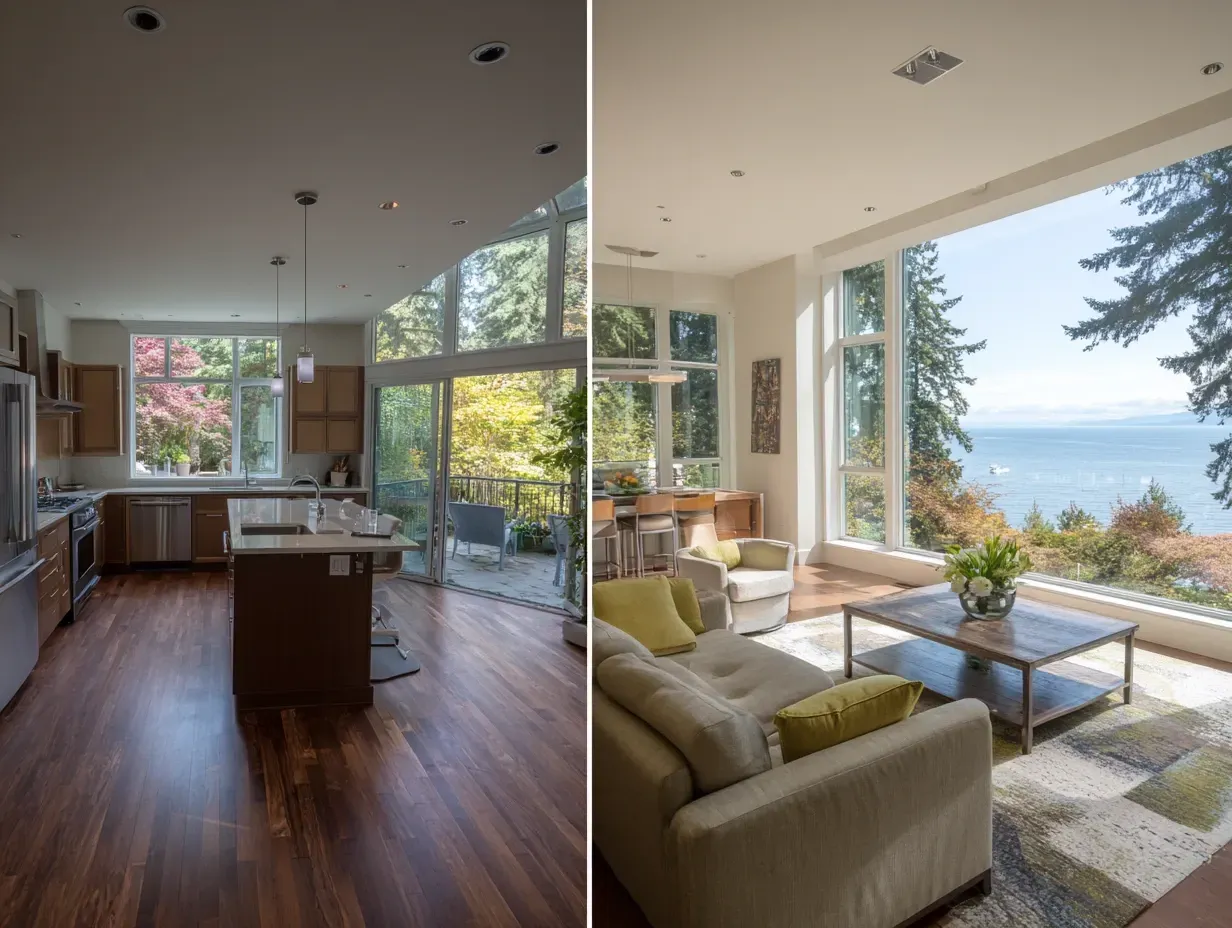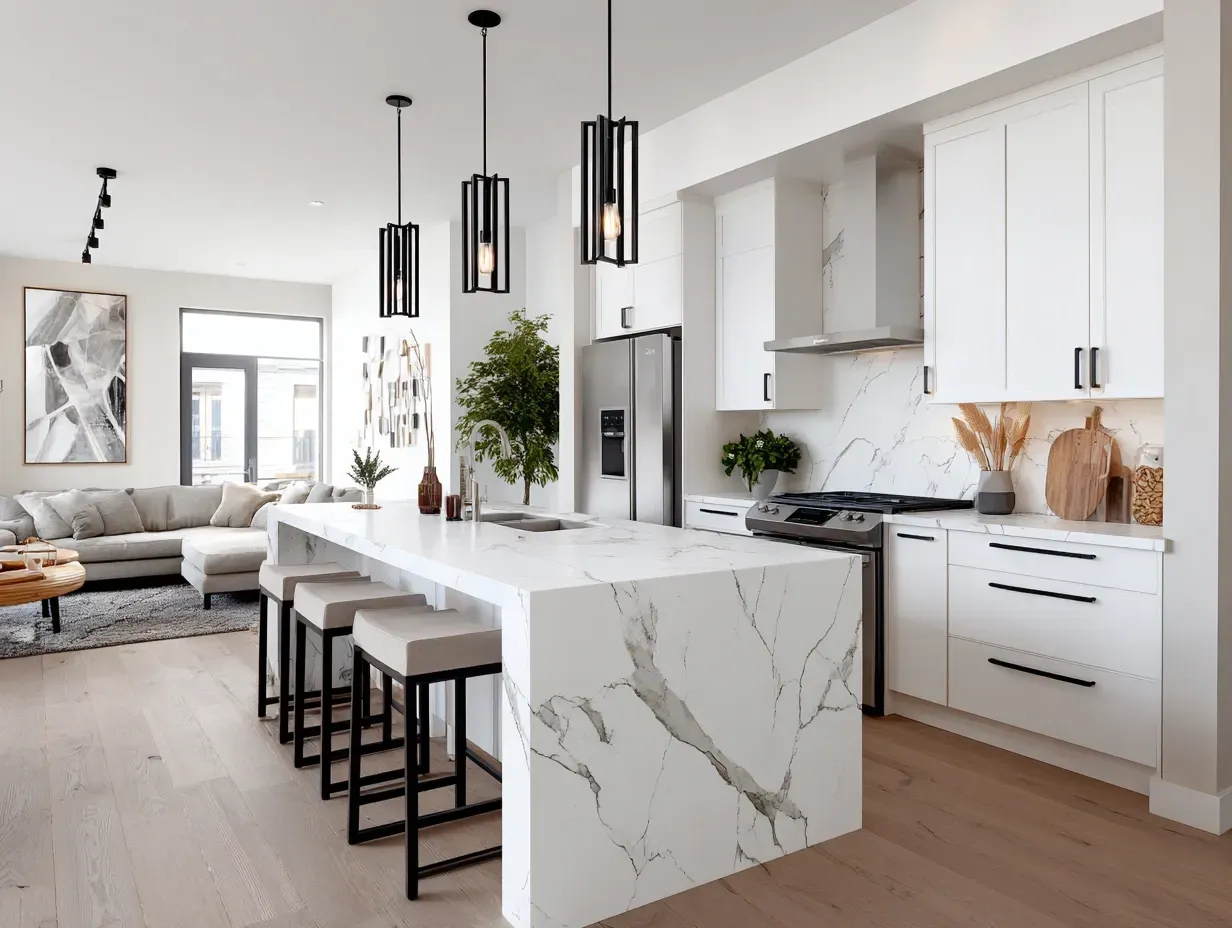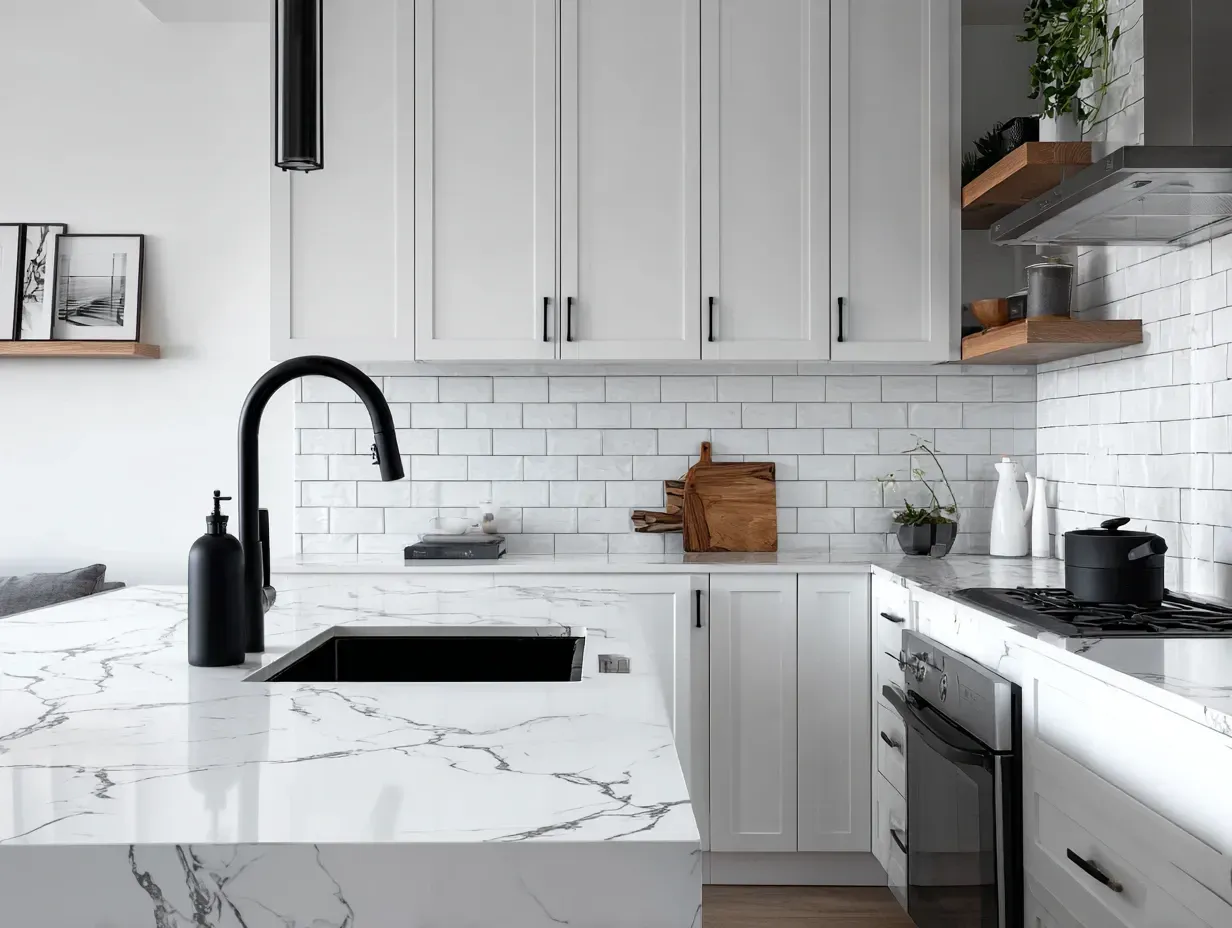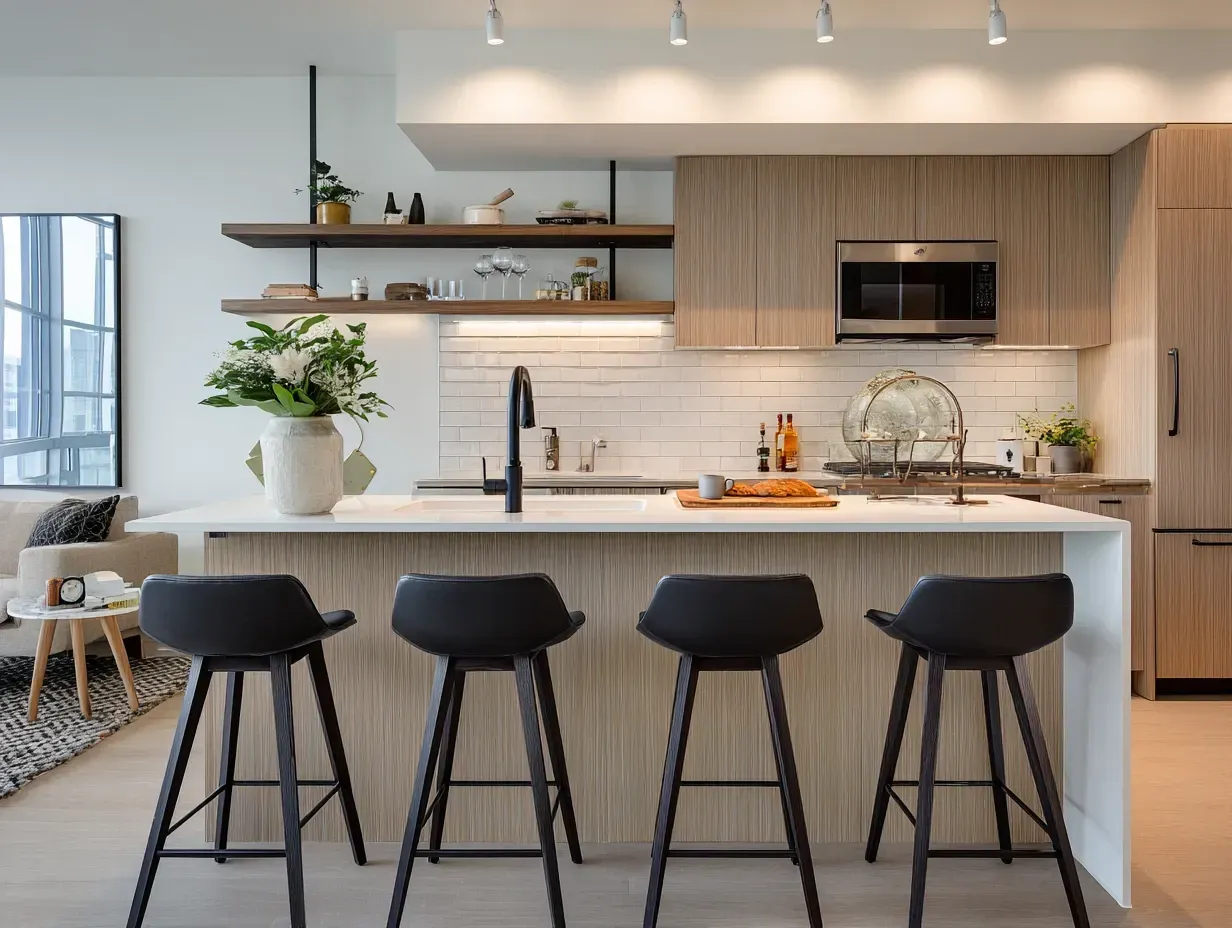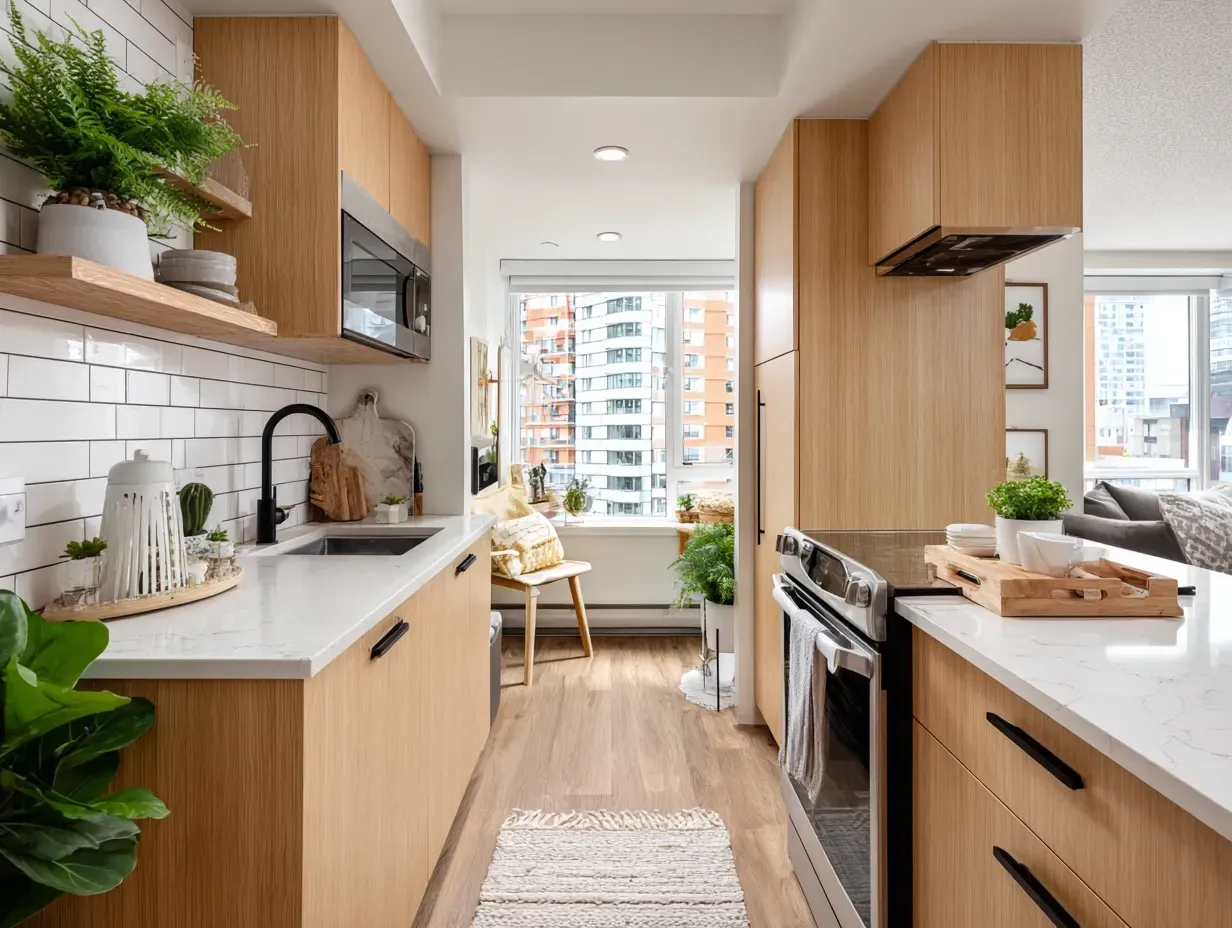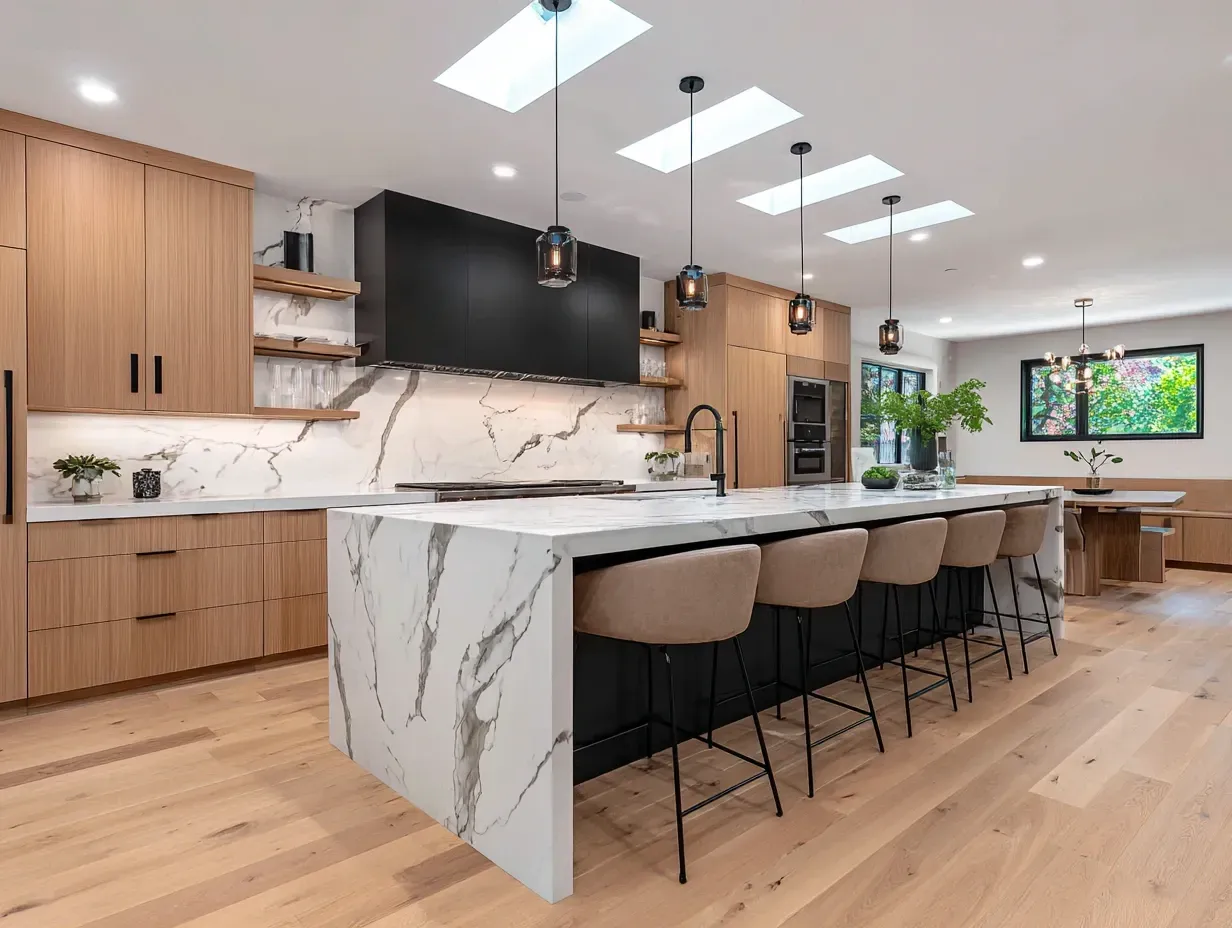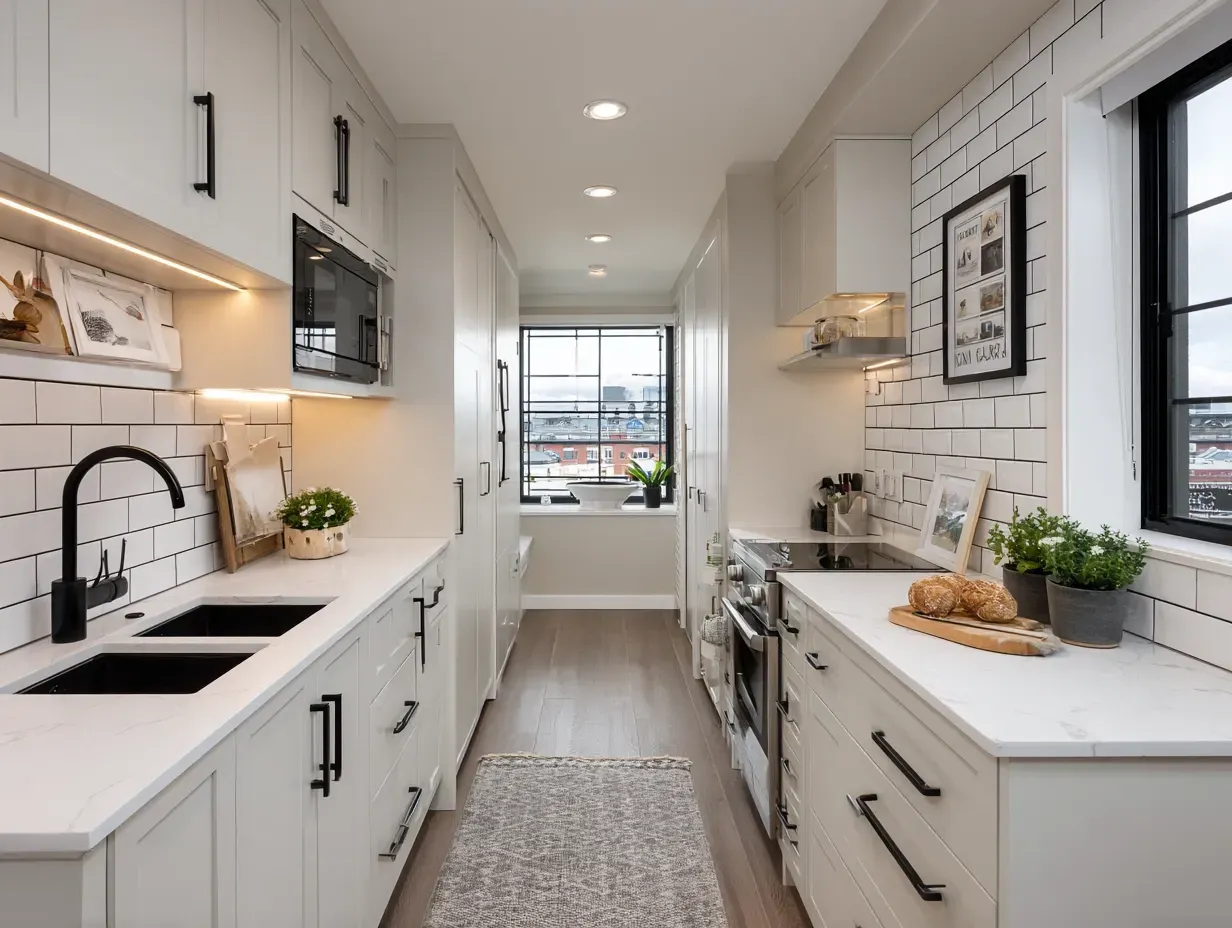Kitchen Remodel Financing Options: How to Pay for Your Project
Investing in Your Kitchen: A Guide to Remodel Financing in Vancouver
A beautiful, functional kitchen is one of the most rewarding investments you can make in your home. It enhances your daily life, increases your property's value, and becomes the backdrop for countless family memories.
However, in a city like Vancouver, the reality is that a quality kitchen remodel is a significant financial undertaking.
Once you’ve gathered your design inspiration, the next crucial question is: "How will we pay for this?" The answer is as important as any design choice you'll make.
A smart financing strategy can make your dream kitchen an achievable reality, while a poorly planned one can lead to financial stress.
Given Vancouver’s unique real estate landscape—characterized by high property values and significant home equity for many—homeowners have several powerful financing tools at their disposal.
This guide provides a clear overview of the most common options, helping you understand the pros and cons of each to make an intelligent financial decision.
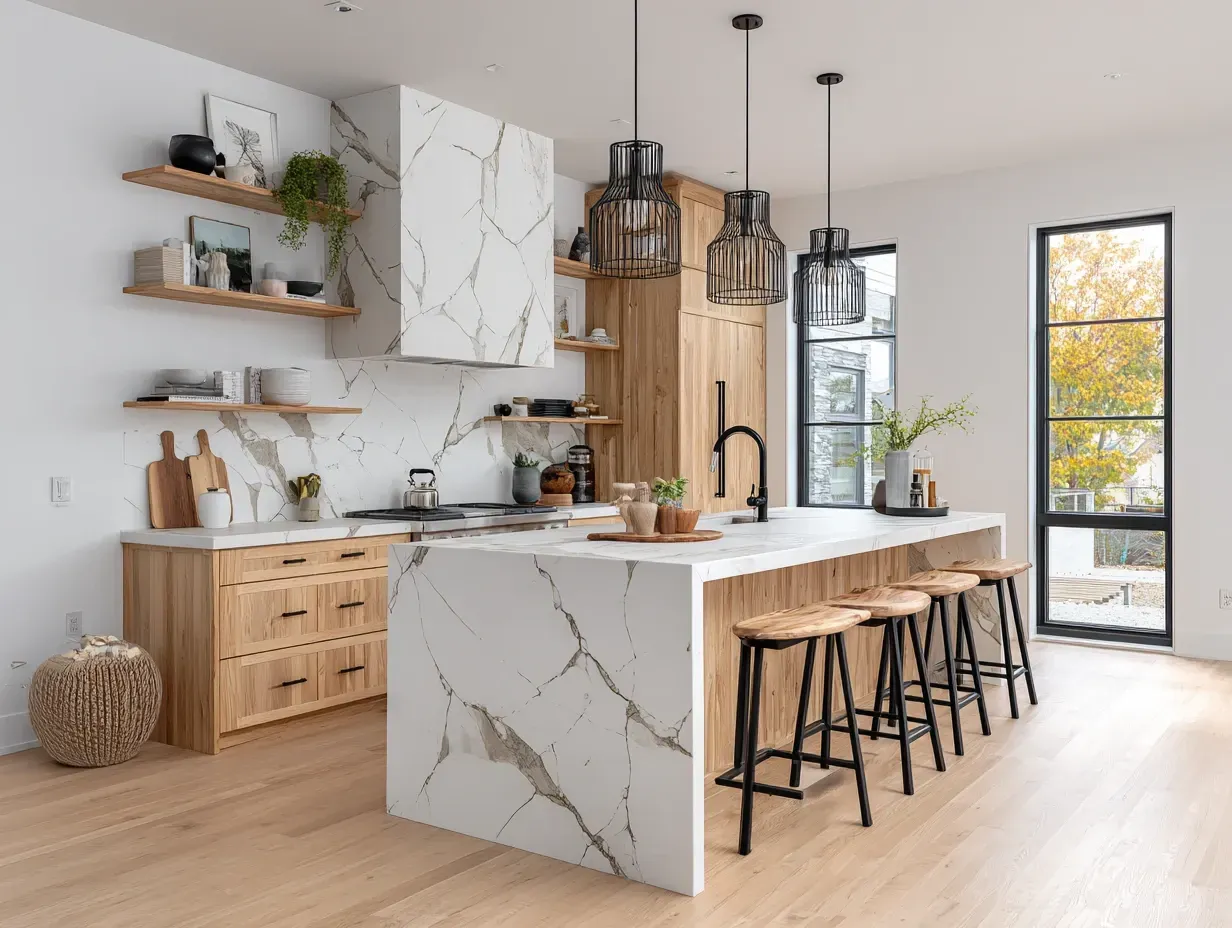
Step 1: Before You Borrow, Establish Your Budget
You can't determine how much you need to borrow until you know how much you plan to spend. Before exploring financing, it’s essential to work with your designer or contractor to develop a comprehensive, all-in budget.
This must include every line item: cabinetry, countertops, appliances, flooring, labour, design fees, permits, and taxes.
Most importantly, your budget must include a contingency fund of 15-20% of the total project cost. This is your safety net for the inevitable surprises that arise during any renovation, especially in older Vancouver homes.
Once you have this realistic, all-in number, you can confidently explore the best way to finance it.
Leveraging Your Home Equity: The Most Powerful Options
For most established Vancouver homeowners, the equity built up in your property is your most valuable financial asset. Using it to fund a value-adding renovation like a kitchen remodel is often the most cost-effective approach.
1. Home Equity Line of Credit (HELOC)
A HELOC is a revolving line of credit secured against the equity in your home. Think of it like a credit card with a much larger limit and a significantly lower interest rate.
A bank or credit union will approve you for a maximum borrowing amount, and you can draw funds from it as needed throughout your project.
- Pros:
- Flexibility: This is the key advantage. You only draw what you need, when you need it, which is perfect for managing payments to contractors over a multi-month project. You only pay interest on the amount you’ve actually used.
- Lower Interest Rates: Because the loan is secured by your home, interest rates are considerably lower than on unsecured loans or credit cards.
- Interest-Only Payments: Many HELOCs allow for interest-only payments during the initial "draw period," which can help keep monthly cash flow manageable during the costly renovation phase.
- Cons:
- Variable Interest Rate: Most HELOCs have a variable interest rate tied to the prime rate. If interest rates rise, your payments will increase.
- Requires Discipline: The flexibility can be a double-edged sword. It requires discipline to pay down the principal balance once the project is complete, rather than just making minimum interest payments.
- Best For: Homeowners with significant equity who want maximum flexibility to manage project cash flow and are comfortable with a variable interest rate.
2. Mortgage Refinance
A mortgage refinance involves breaking your current mortgage contract and replacing it with a new, larger one.
You then receive the difference between the new and old mortgage amounts as a tax-free, lump-sum cash payment.
- Pros:
- Low, Fixed Interest Rates: You can lock in the principal and interest at a fixed rate for the term of the mortgage, making your payments predictable for years to come. Often, this is the lowest interest rate you can secure.
- One Simple Payment: The cost of your renovation is blended into your regular mortgage payment, simplifying your finances.
- Structured Payout: You receive all the funds at once, which is ideal if you have a fixed-price contract with your contractor.
- Cons:
- Less Flexibility: It’s not as adaptable as a HELOC if unforeseen project costs arise.
- Potential Penalties: If you are not at the end of your mortgage term, you will likely have to pay a significant penalty for breaking your existing contract.
- Closing Costs: Refinancing involves legal and appraisal fees similar to when you first got your mortgage.
- Best For: Homeowners with a firm, fixed-price contract for their remodel, especially if their mortgage is already up for renewal (avoiding penalties) or if they can secure a much lower interest rate than their current one.
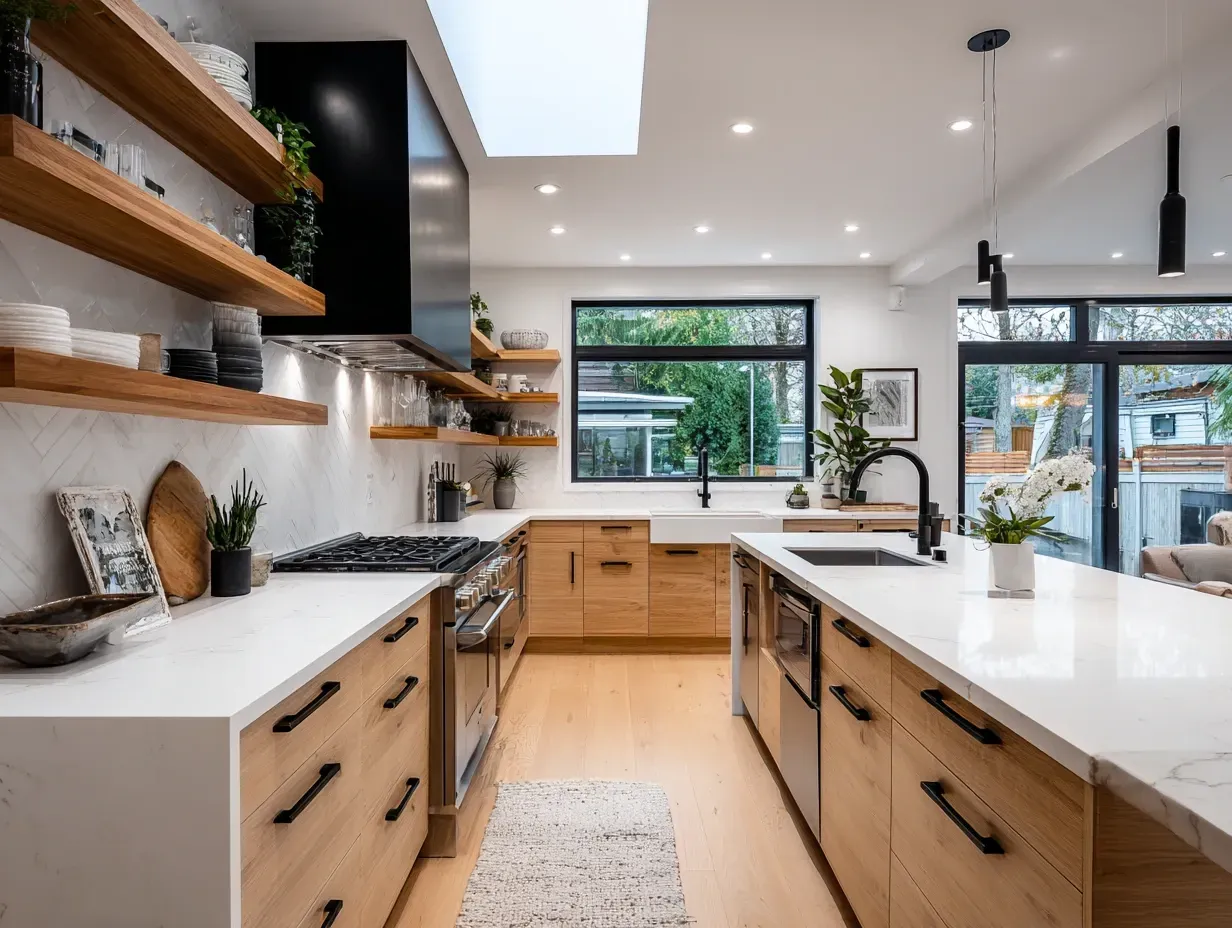
Other Financing Avenues
If using home equity isn't the right fit, other options are available.
3. Unsecured Personal Loan or Line of Credit
This is a loan from a financial institution that is not secured against any asset. Your eligibility and interest rate are based solely on your income and creditworthiness.
- Pros:
- Fast Approval: The application process is generally simpler and faster than for a HELOC or refinance.
- Your Home is Not at Risk: Because the loan is unsecured, your home is not used as collateral.
- Cons:
- Much Higher Interest Rates: The interest rates are significantly higher than for secured lending, meaning your cost of borrowing will be greater.
- Lower Borrowing Limits: The amount you can borrow is typically less than what you could access through home equity.
- Best For: Smaller-scale renovations, homeowners who have only recently purchased and have limited equity, or those who are philosophically opposed to borrowing against their home.
4. Savings and Investments
Paying for your renovation with cash you’ve saved is the most straightforward, debt-free path.
- Pros:
- No Interest Payments: You avoid all borrowing costs.
- No Debt or Monthly Payments: Your financial slate remains clean once the project is complete.
- Cons:
- Depletes Emergency Funds: It’s crucial not to drain your emergency savings. A major renovation is precisely the time when unexpected life events can happen.
- Opportunity Cost: If you liquidate investments to pay for the project, you lose out on any potential future growth from those assets.
- Best For:
Homeowners who have substantial liquid savings that exist separate from their essential emergency fund and long-term investments.
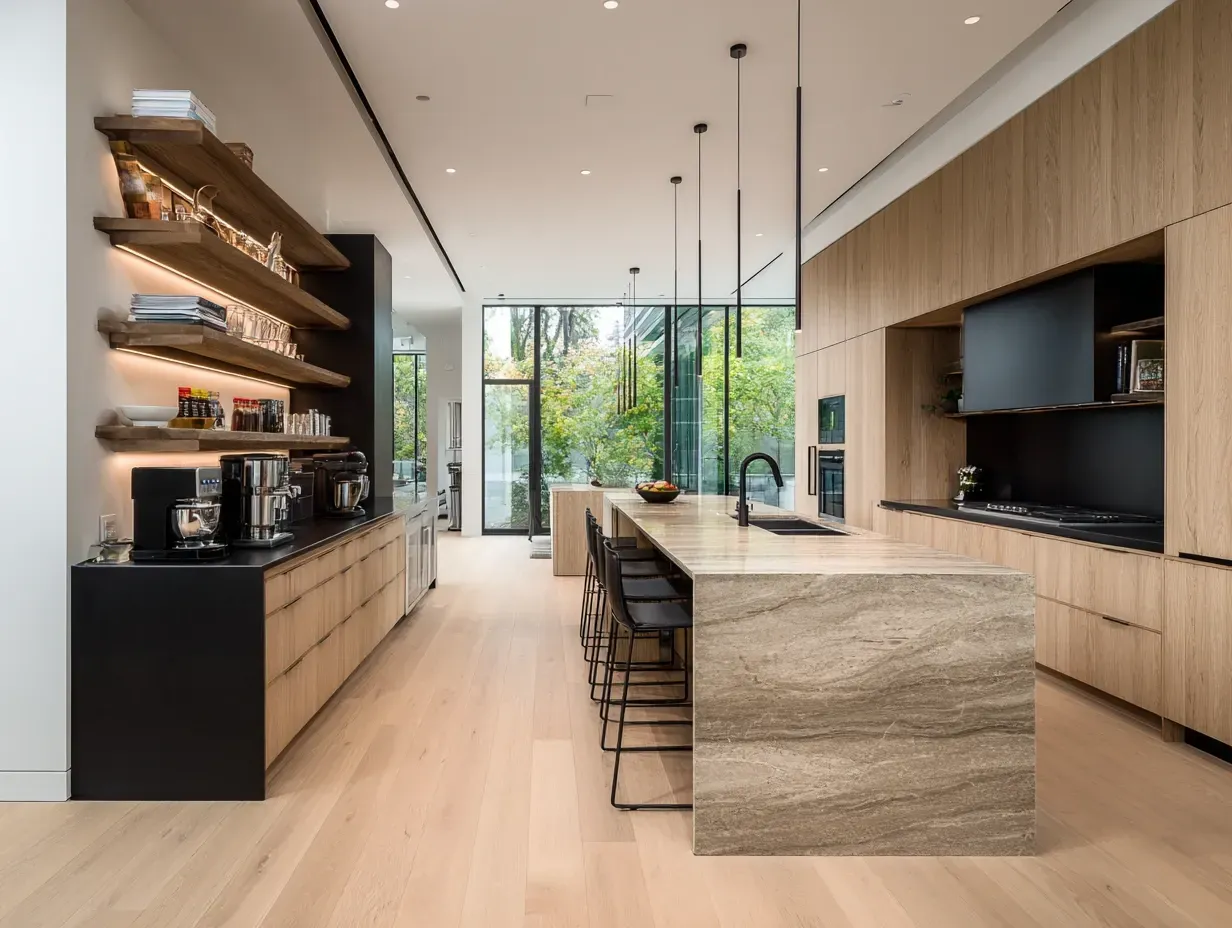
Making the Smart Choice
There is no single "best" way to pay for a kitchen remodel. The right choice depends entirely on your personal financial situation.
Before making a decision, it is highly recommended that you speak with your mortgage broker or a trusted financial advisor. They can review your specific circumstances and help you model the long-term implications of each option.
By understanding these powerful financing tools and seeking professional advice, you can craft a sound financial plan.
This will allow you to move forward with confidence, turning your dream kitchen into an intelligent, achievable investment in your family’s happiness and the value of your Vancouver home.
Recent Posts
